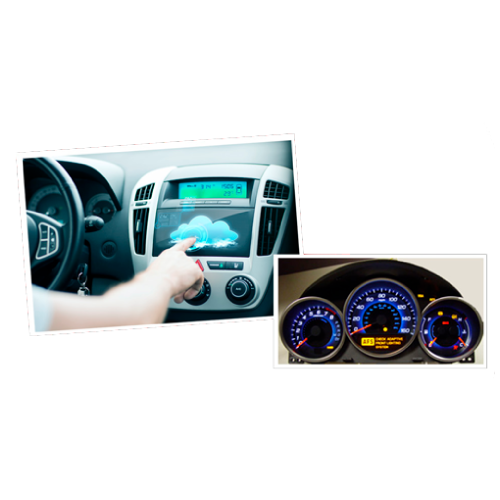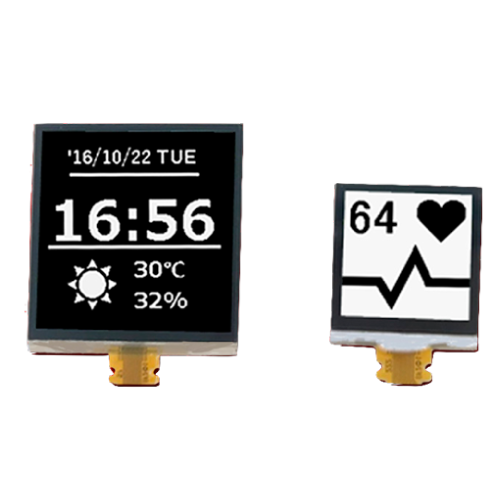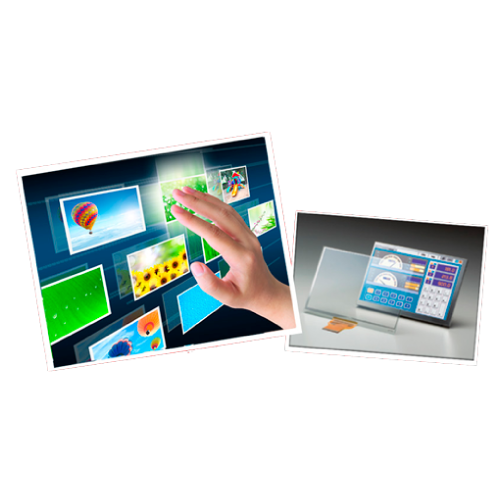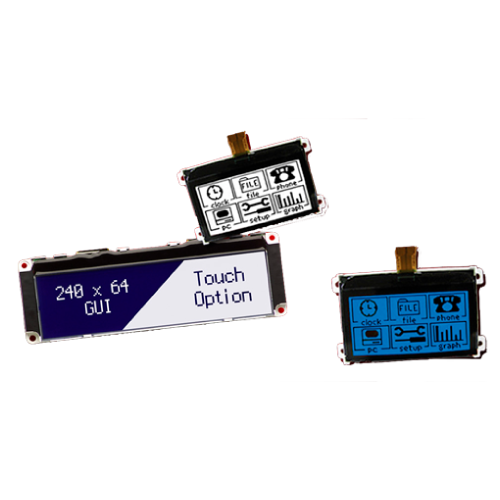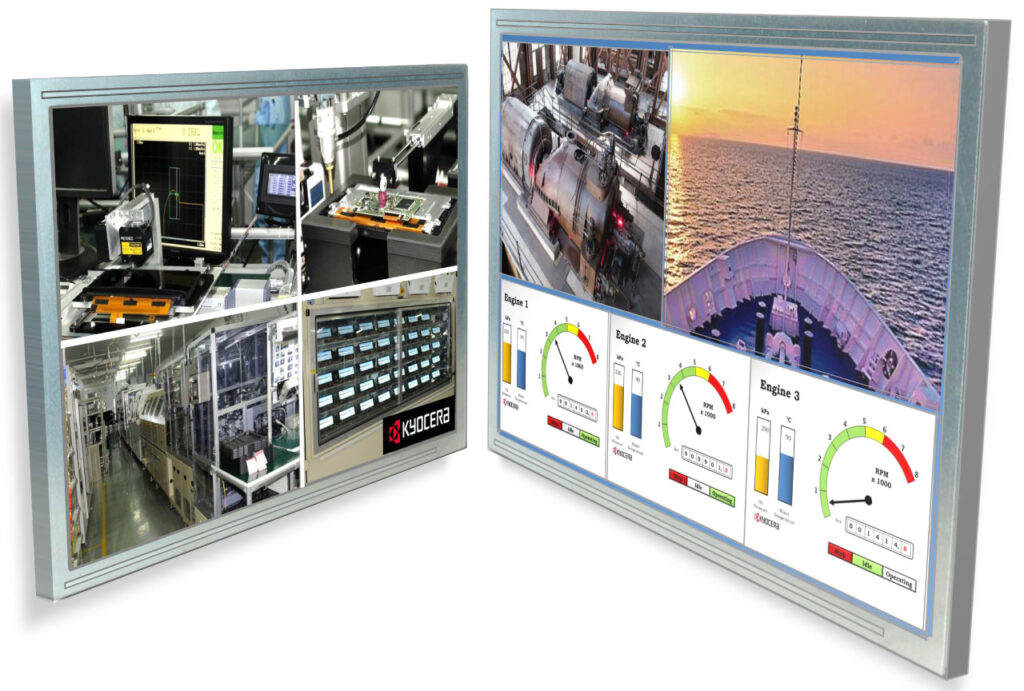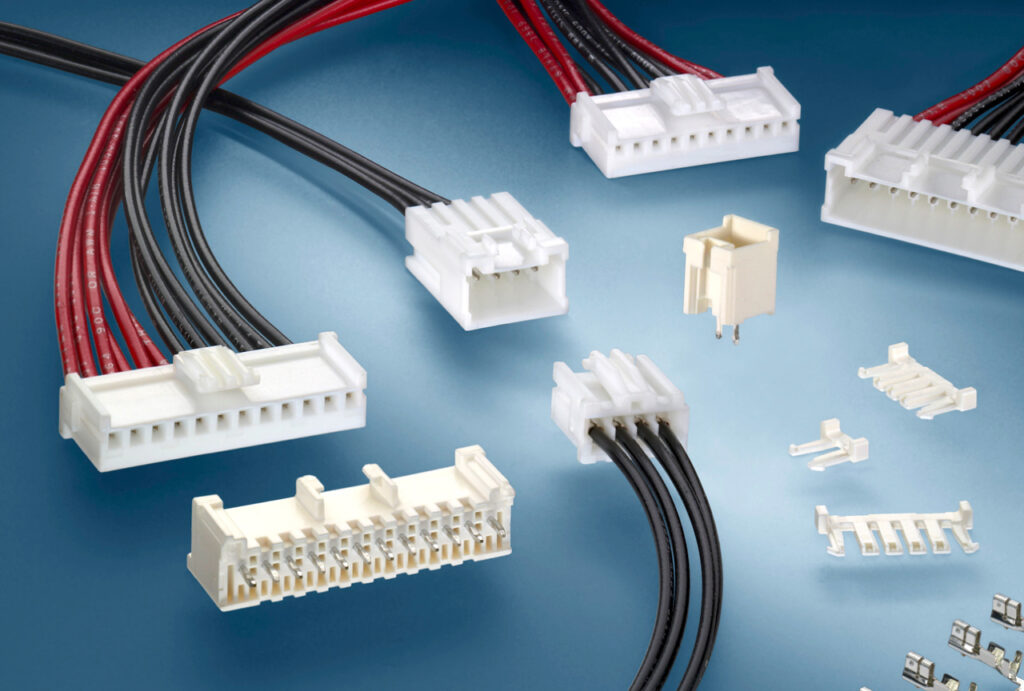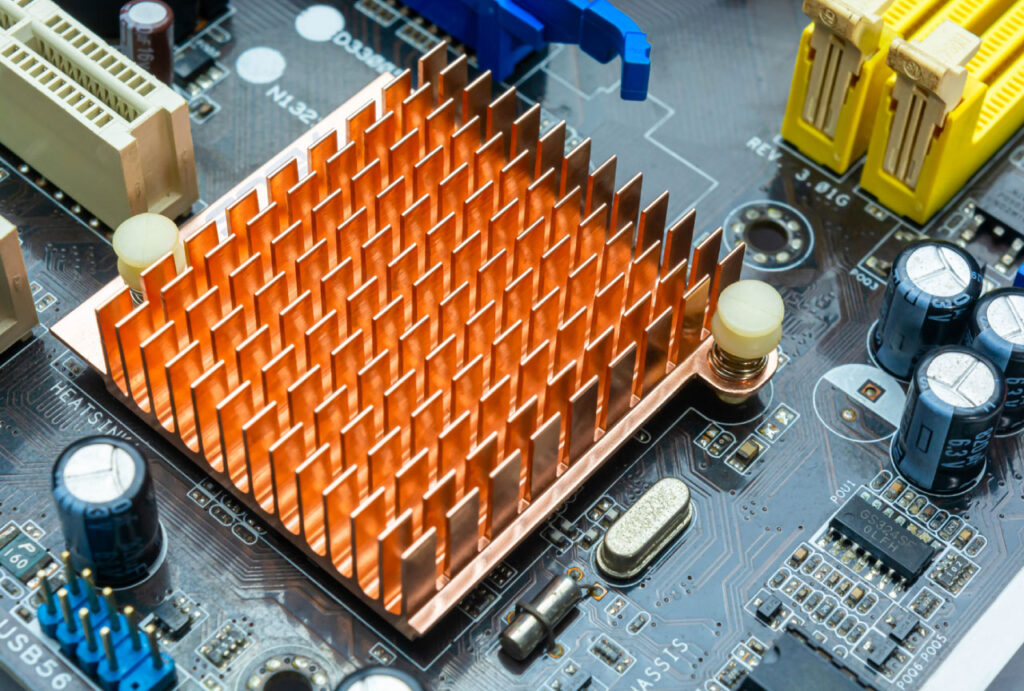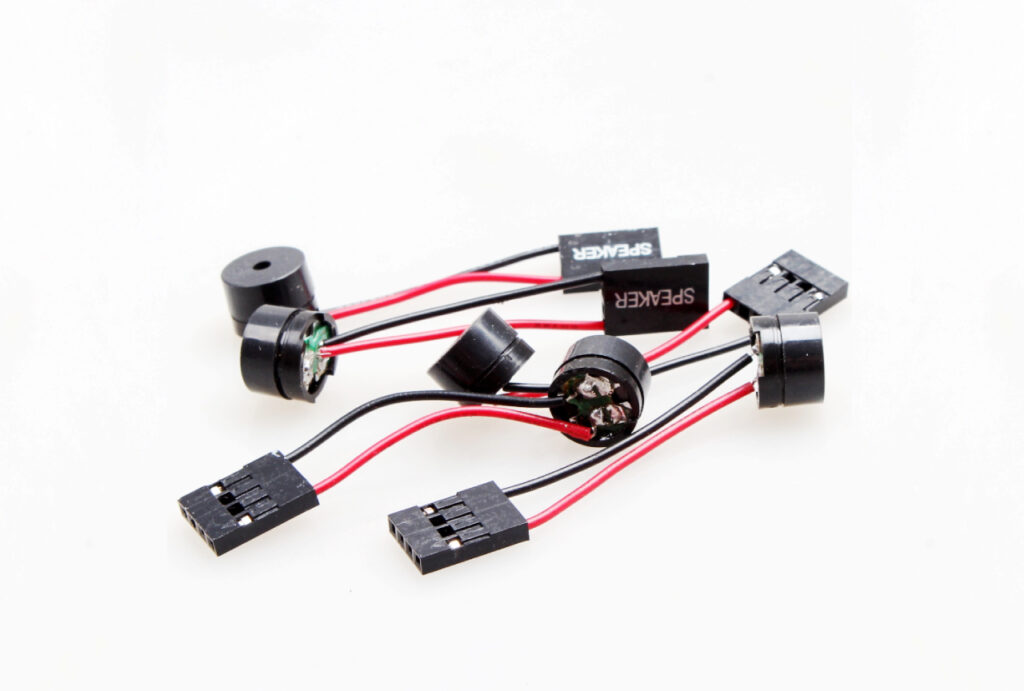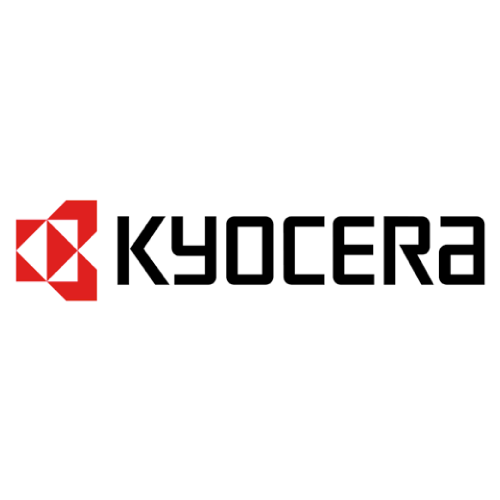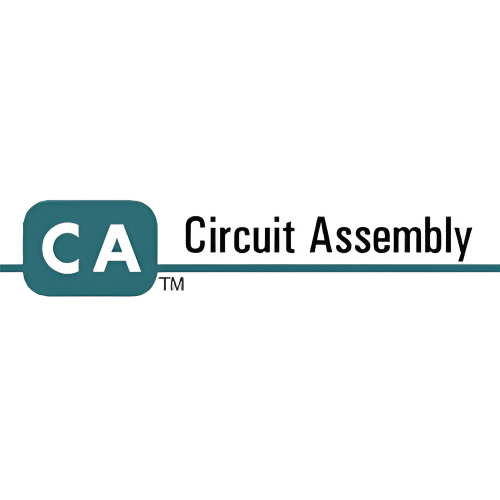Automotive Displays
Home » Products » LCD Displays » Automotive Displays
As technology advances, automotive displays have also evolved. Automotive LCD displays are one such innovation that has transformed the way we interact with our vehicles. The LCD display technology has become increasingly popular in recent years due to its high-quality display and efficiency. Their various applications, range from HUD, instrument clusters, and infotainment products, which incorporate this technologies.
Features
- High contrast, high color saturation
- Advanced Wide Viewing (AWV) for true color fidelity
- Super-High Brightness (SHB)
- Wide Temperature range
- High density, highly transmissive, brilliant displays
Size:
- 1.8″
- 3.5″
- 4.2″
- 5.0″
- 5.7″
- 7.0″
- 8.0″
- 8.8″
About
How the technology works
Automotive LCD displays use liquid crystals to display images on the screen. These liquid crystals are sandwiched between two layers of glass, and when an electric current is applied, they align in a specific way to create images on the screen. The LCD display consists of several layers, including a backlight layer, a color filter layer, and a polarizing layer.
The backlight layer is responsible for illuminating the screen, while the color filter layer helps to produce accurate and vibrant colors. The polarizing layer is responsible for controlling the direction of light that passes through the display.
Advantages and limitations
The main advantage of automotive LCD displays is their high-quality display, which provides clear and crisp images. They also have a faster refresh rate, making them more responsive to user inputs. Automotive LCD displays are also efficient and consume less power than other display technologies, such as CRT displays.
One of the limitations of automotive LCD displays is that they can be difficult to read in bright sunlight. Additionally, they may not be as durable as other display technologies, such as LED displays, and can suffer from image burn-in over time.
Applications
Automotive LCD displays are used in various applications, including infotainment systems, instrument clusters, and heads-up displays. Infotainment systems allow drivers and passengers to access music, navigation, and other features through a touch screen interface. Instrument clusters display important information, such as speed, fuel level, and engine temperature. Heads-up displays provide information such as speed, directions, and traffic alerts, projected onto the windshield in front of the driver.
Conclusion
Automotive LCD displays have revolutionized the way we interact with our vehicles. Their high-quality display, efficiency, and responsiveness make them an ideal choice for automotive applications. Although they have some limitations, such as being difficult to read in bright sunlight, the benefits outweigh the drawbacks. As technology continues to advance, we can expect to see even more advancements in automotive displays, further enhancing our driving experience.
